Table of Contents
- Why the First Weeks Are So Important
- Socialization: Environment, People & Other Animals
- House Training
- Learning to Be Alone
- Basic Commands
- Leash Training
- Bite Inhibition
- Getting Used to Grooming
- Conclusion
- Info Box: Common Mistakes
- Quick Reference Table
Why the First Weeks Are So Important
The first weeks in a new home are a formative period for a puppy. Every experience during this time has a lasting impact on their behavior and development. A balance of patience, consistency, and gentle guidance helps them grow into a confident, well-mannered, and happy dog.
Socialization: Environment, People & Other Animals
Puppies should be introduced early to a variety of sights, sounds, and situations in a positive way. This includes:
- Meeting different types of people (varied ages, clothing styles, voices)
- Interacting with other dogs and—if possible—other species
- Getting used to sounds such as traffic, household appliances, or children playing
Positive exposure at this stage helps prevent fear later on and builds a well-adjusted temperament.

House Training
House training is one of the most important first lessons. Take your puppy outside regularly—especially after sleeping, playing, and eating. Praise them immediately when they go in the right spot to speed up the learning process.
For detailed guidance, see our article “How to potty train a puppy”.
Learning to Be Alone
As difficult as it may be, puppies need to gradually learn to be alone for short periods. Start with just a few minutes and slowly increase the time. This helps prevent separation anxiety later on.
Basic Commands
Introducing simple dog commands early lays the foundation for future training. Start with:
- Sit
- Down
- Come (Recall)
Keep training sessions short and fun—about 3–5 minutes—to keep your puppy engaged.
Leash Training
Get your puppy comfortable with a collar or harness and a lightweight leash early on. The first walks should be short and positive experiences. For more advice, read our guide “Loose Leash Training”.
Bite Inhibition
Puppies explore the world with their mouths. Teaching them not to bite too hard is essential. If they get too rough, pause the play briefly and offer a chew toy or tug toy instead.

Getting Used to Grooming
The sooner your puppy gets used to grooming routines, the easier they’ll be later. This includes:
- Brushing and coat care
- Checking paws and trimming nails
- Ear and dental care
- Becoming comfortable with vet visits
Conclusion
In these early weeks, you’re building the foundation for a happy, well-adjusted life together. Clear guidance, positive reinforcement, and plenty of love will set your puppy up for success. If you’ve just welcomed a new puppy, check out our article “The First Steps When a Puppy Moves In” for more valuable tips.
Info Box: Common Mistakes
- Too much training at once—avoid overwhelming your puppy
- Unclear rules or inconsistent behavior
- Not enough socialization during the critical period
- Lack of patience with house training or basic commands
Quick Reference Table
| Age | 8–16 weeks (initial adjustment phase) |
| Key Learning Goals | Socialization, house training, basic commands, grooming habits |
| Training Duration | Short (3–5 minutes) multiple times per day |
| Training Tools | Light leash, collar/harness, toys, treats |
| Socialization Target | Positive experiences with people, animals, and sounds |
| Important Tips | Patience, consistency, and positive reinforcement |


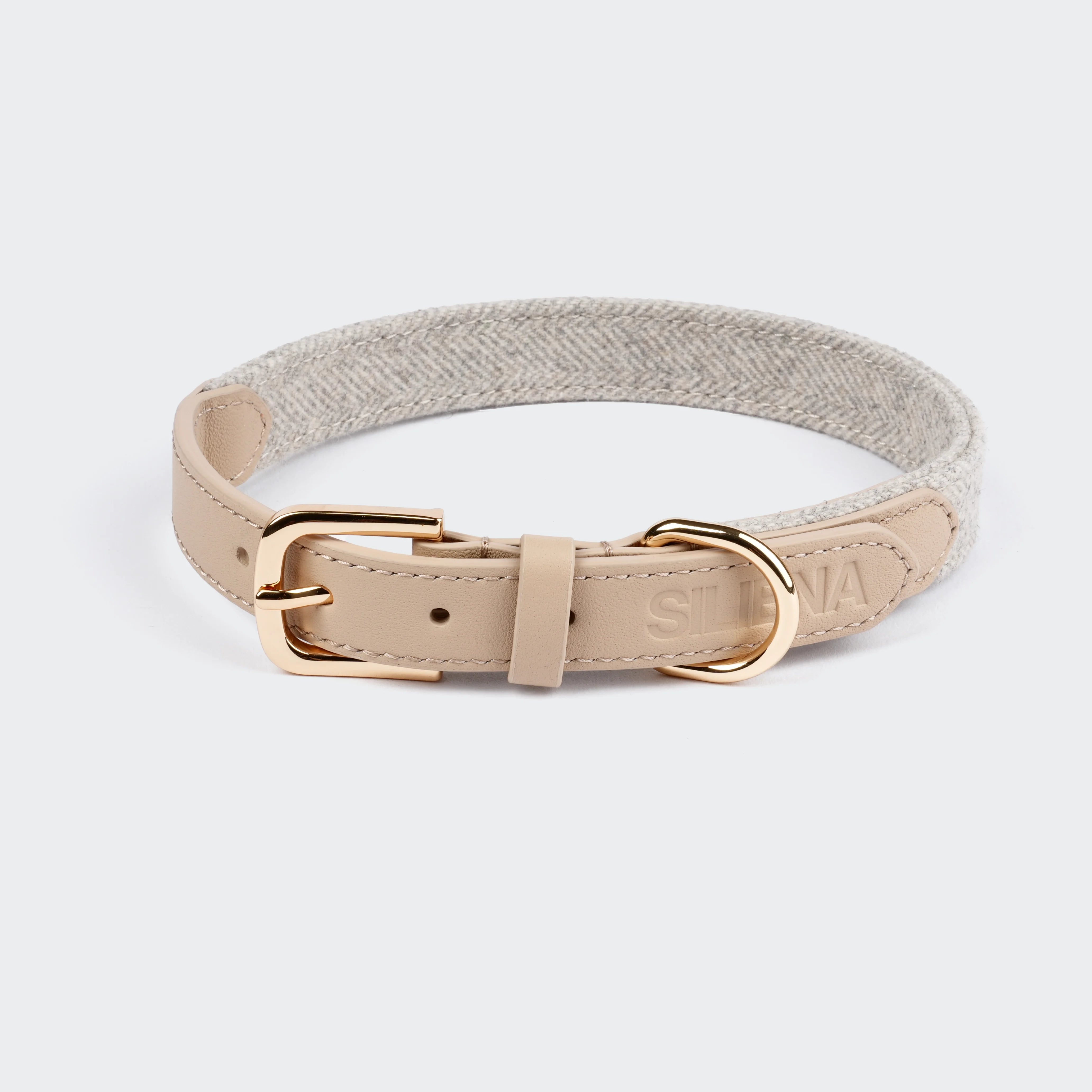
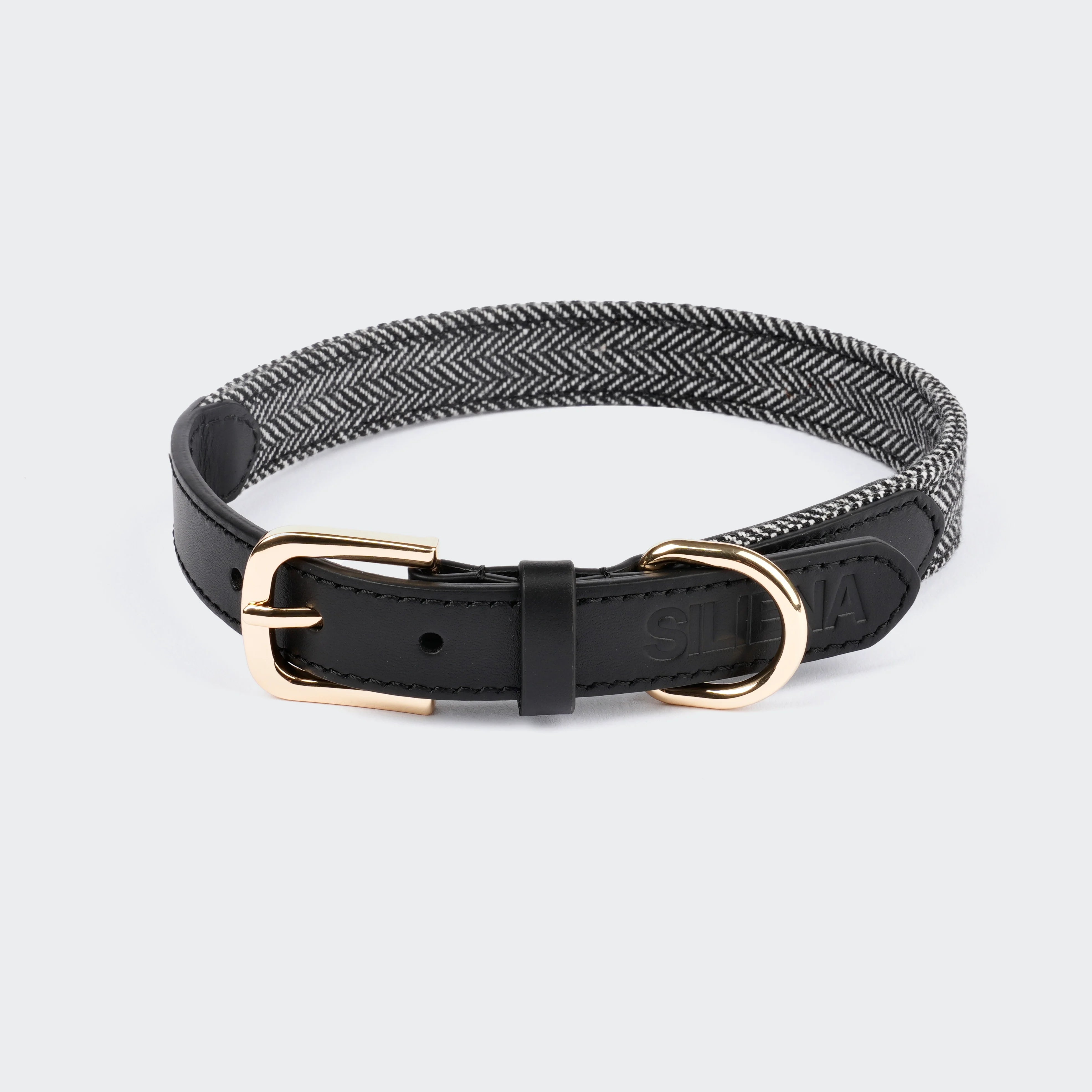
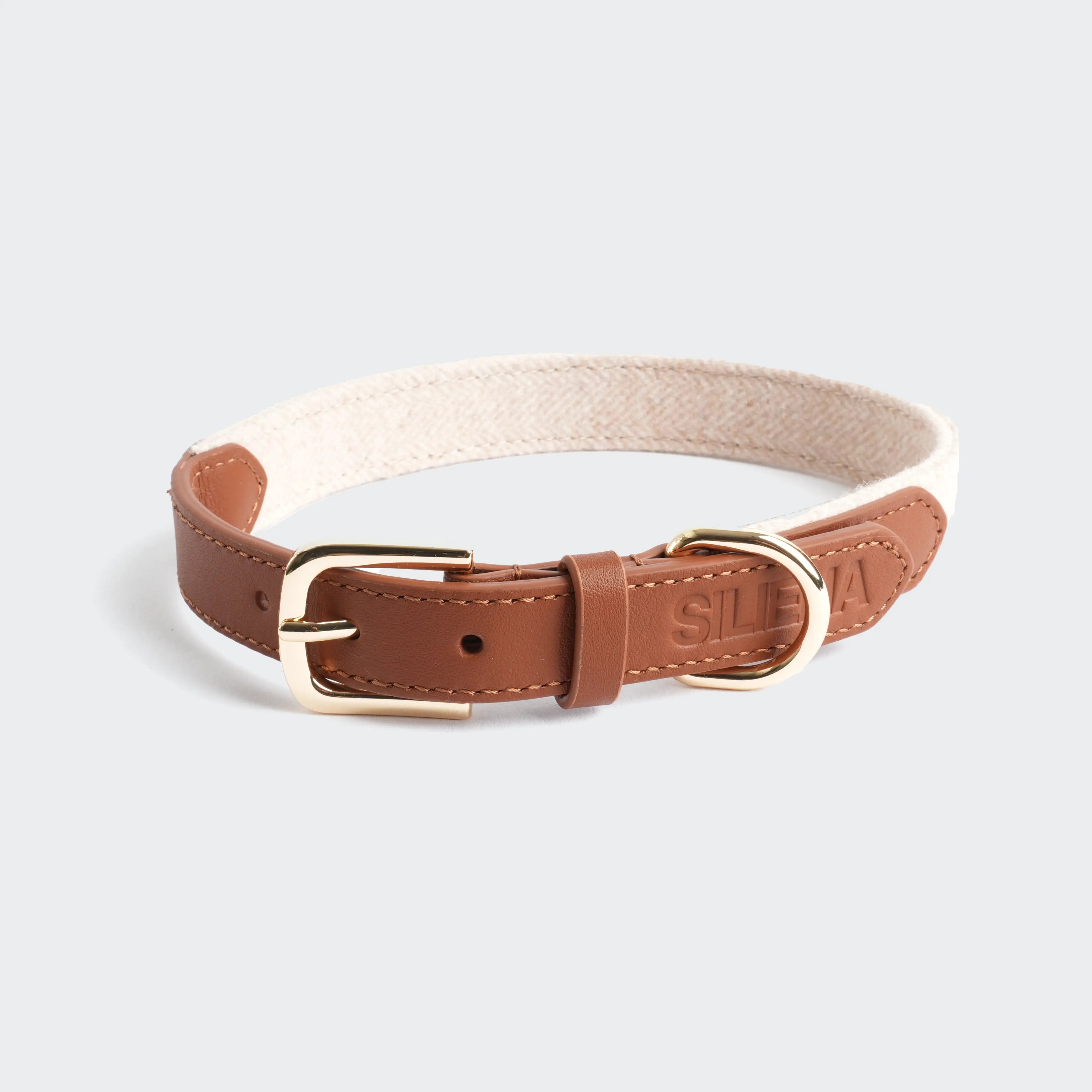
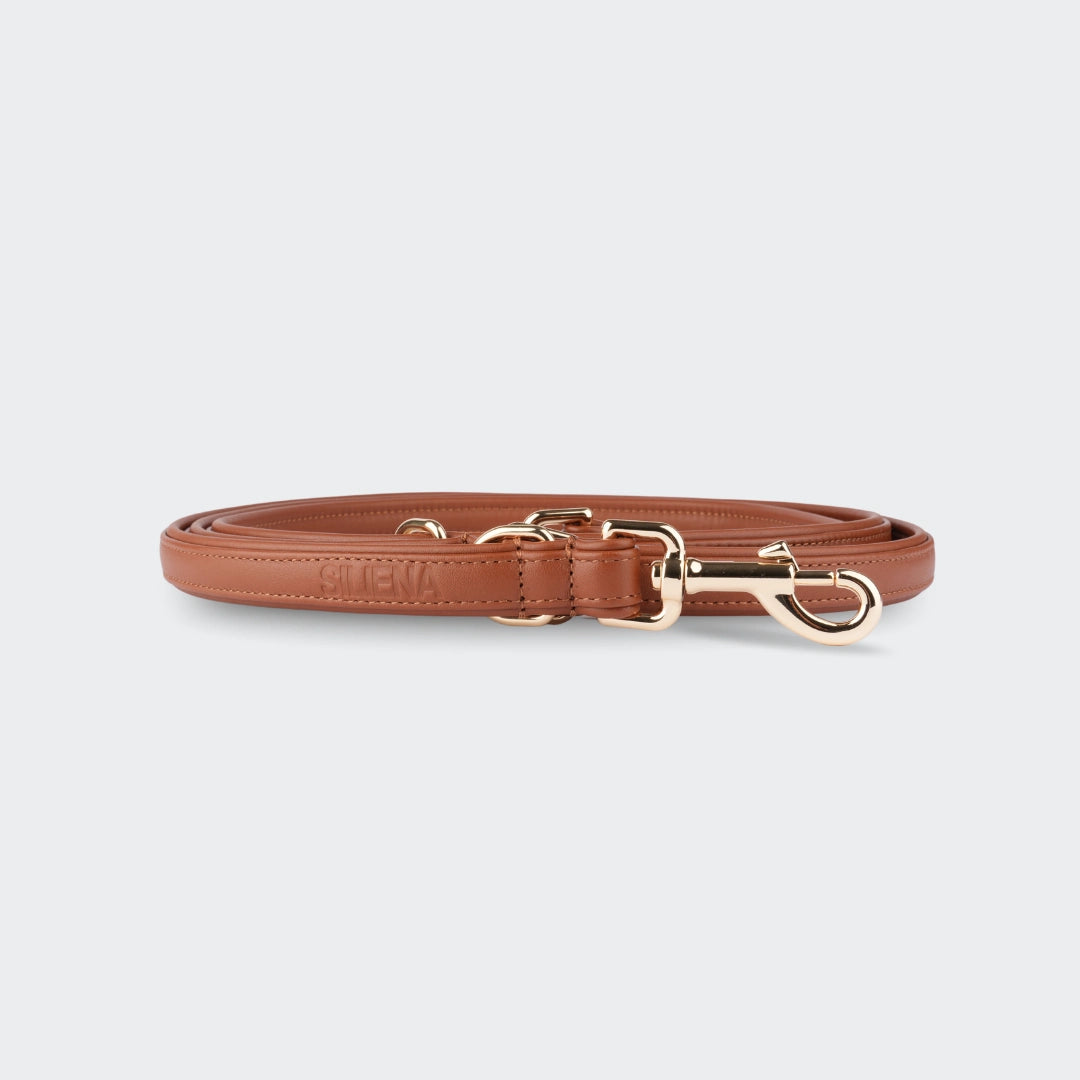
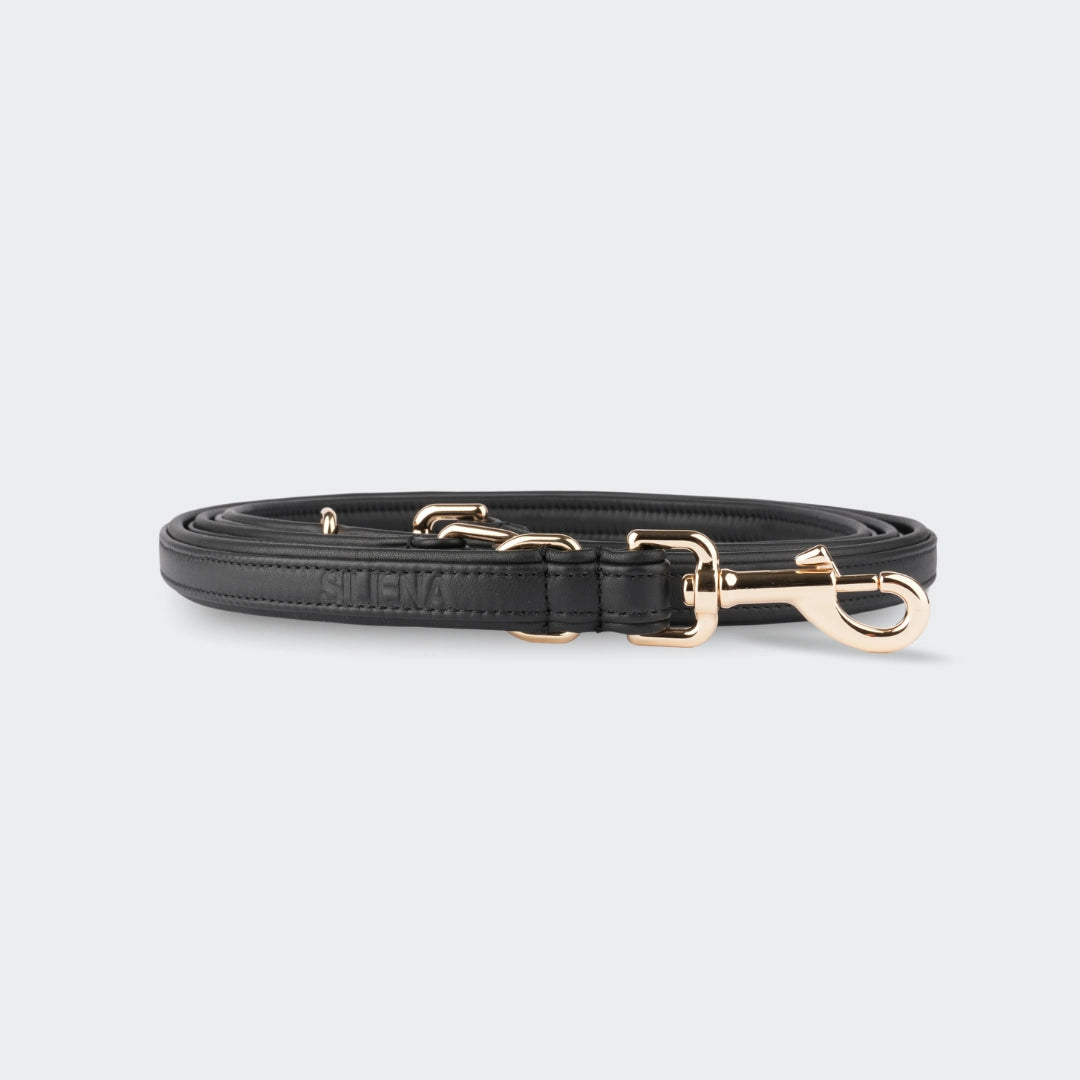
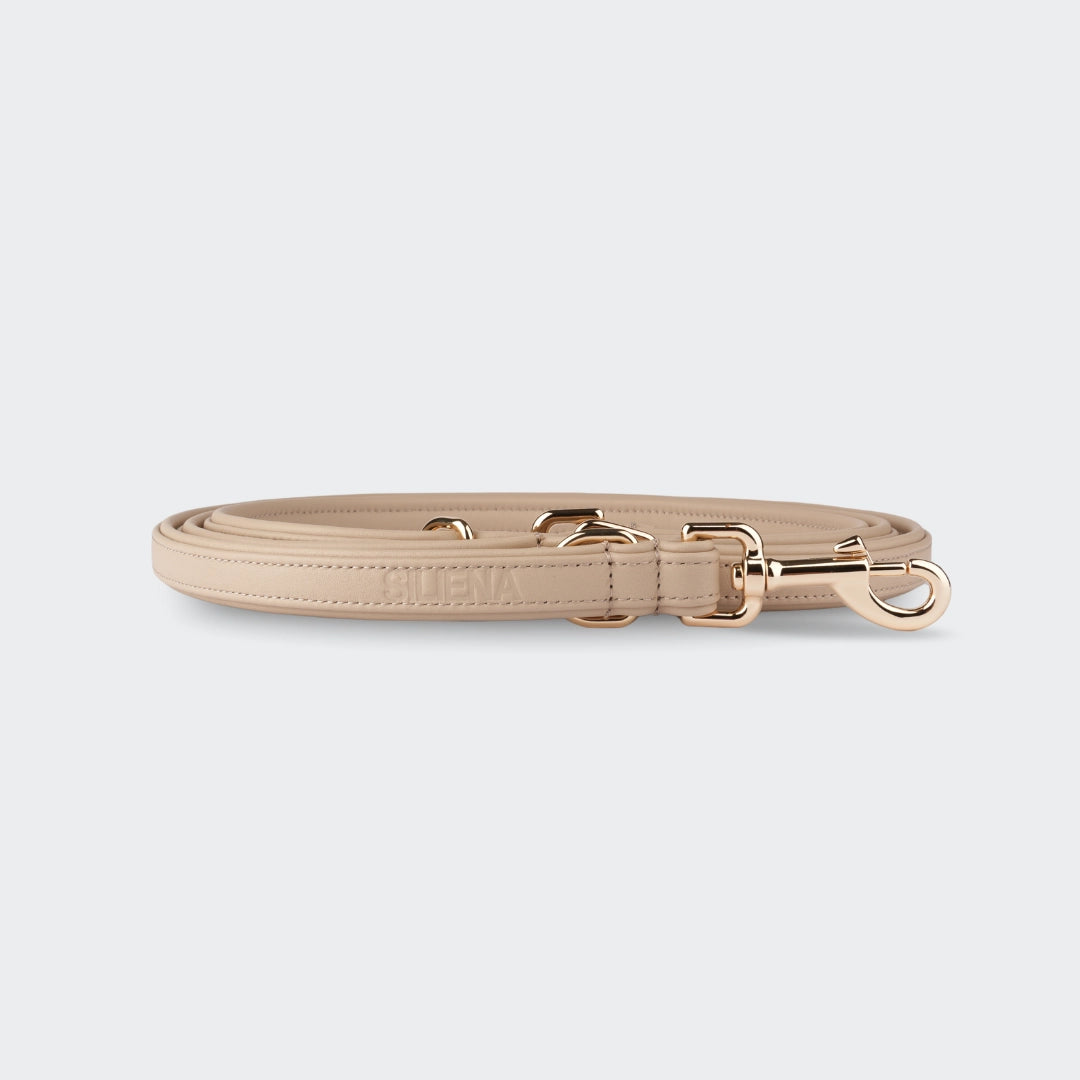
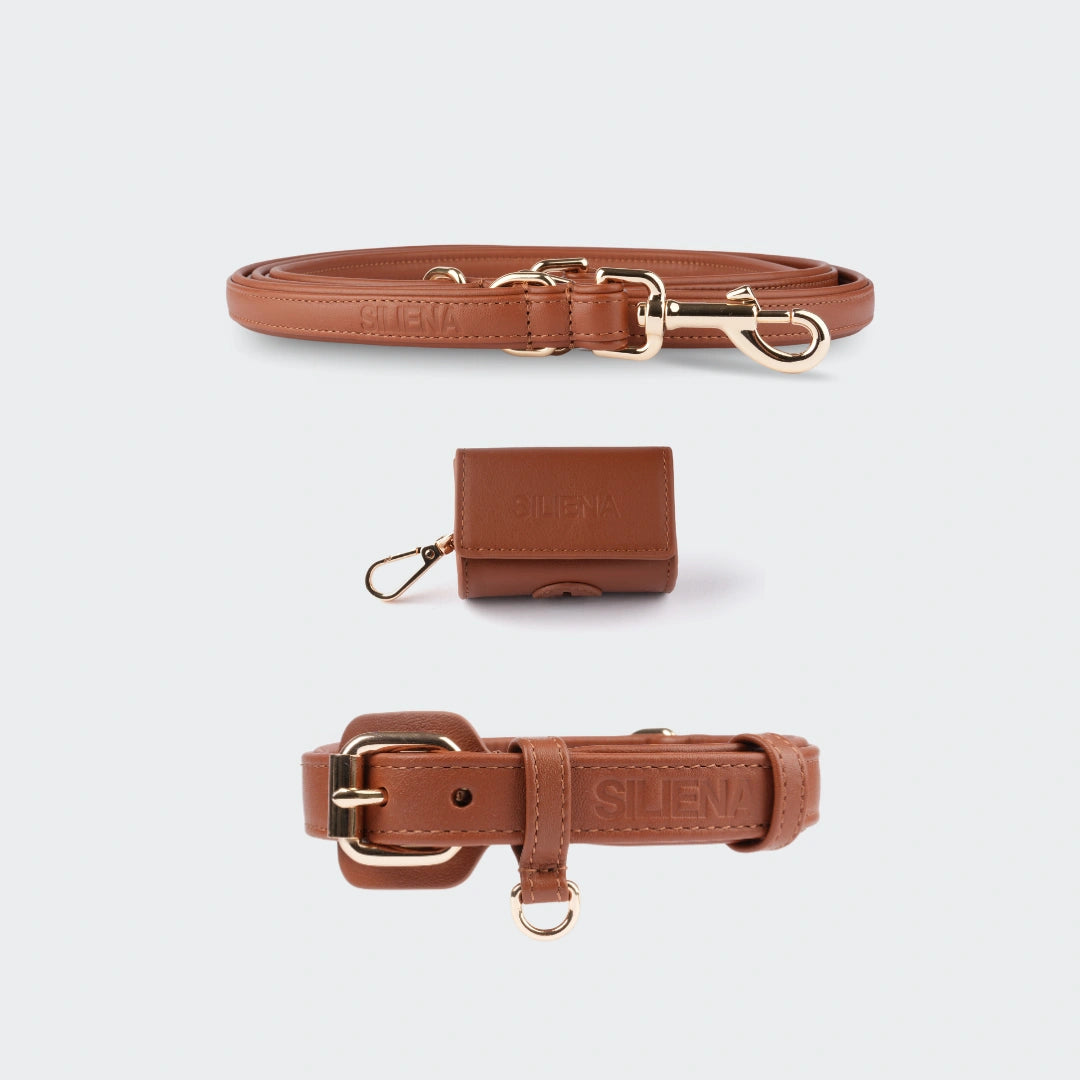
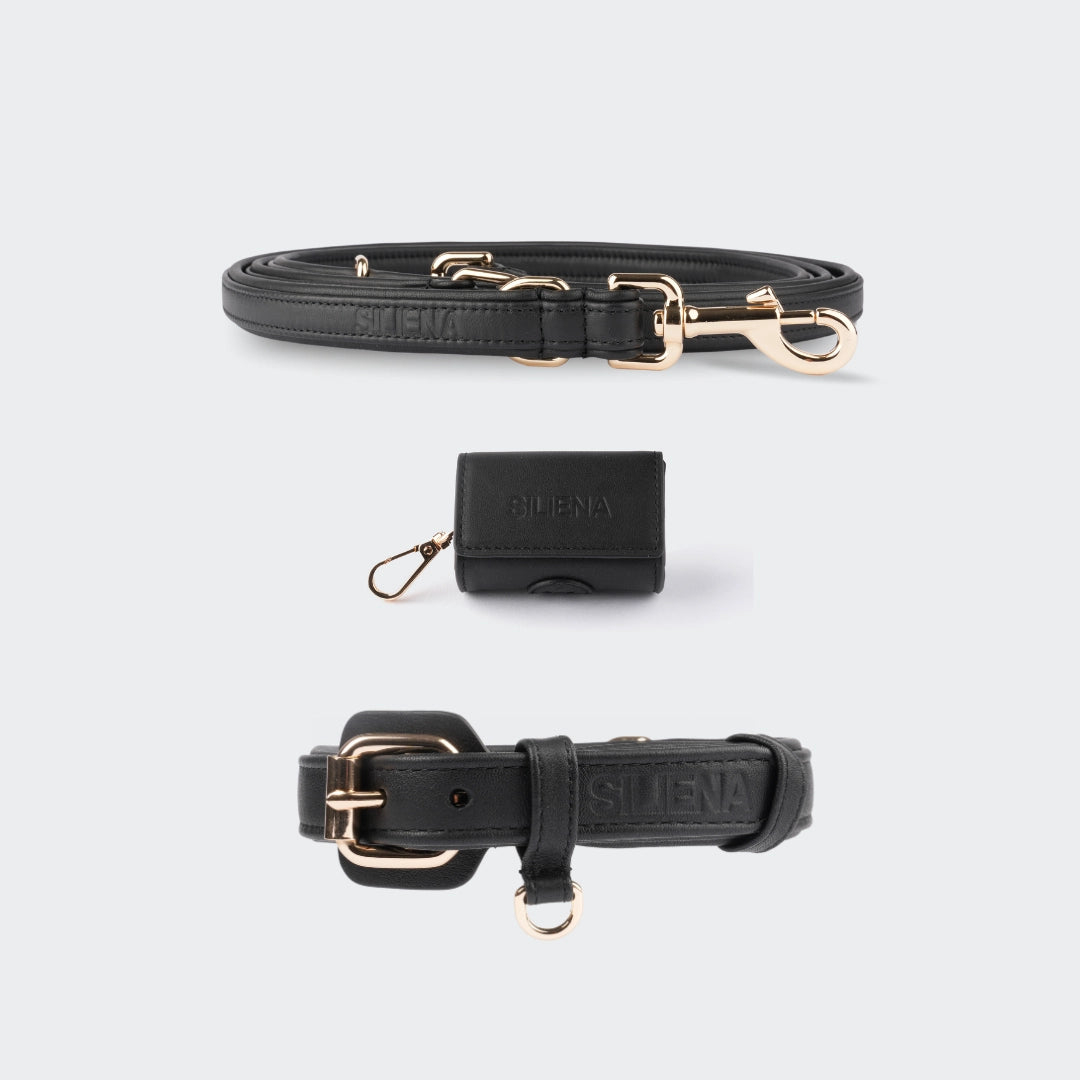
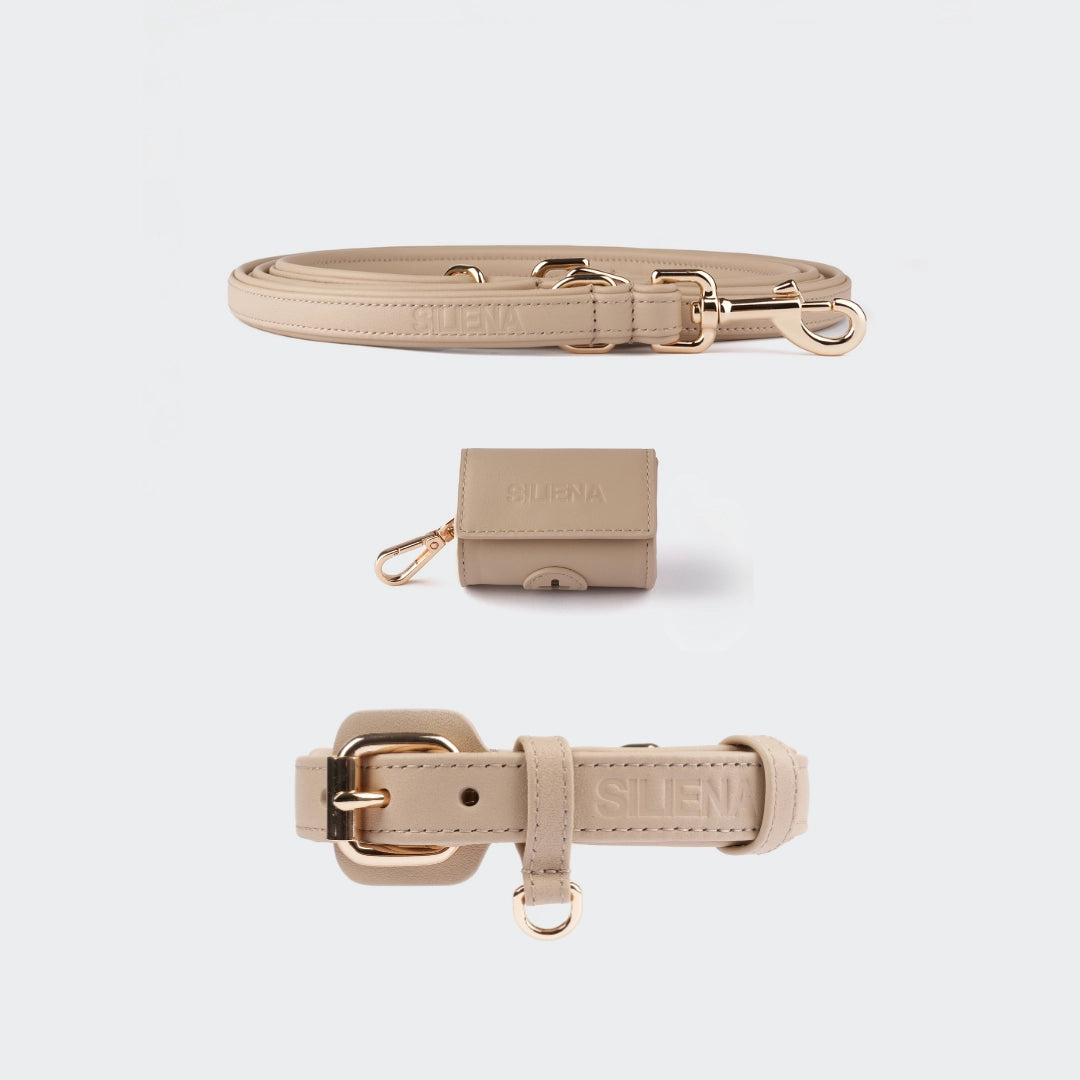
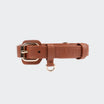
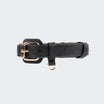

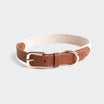
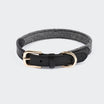
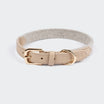

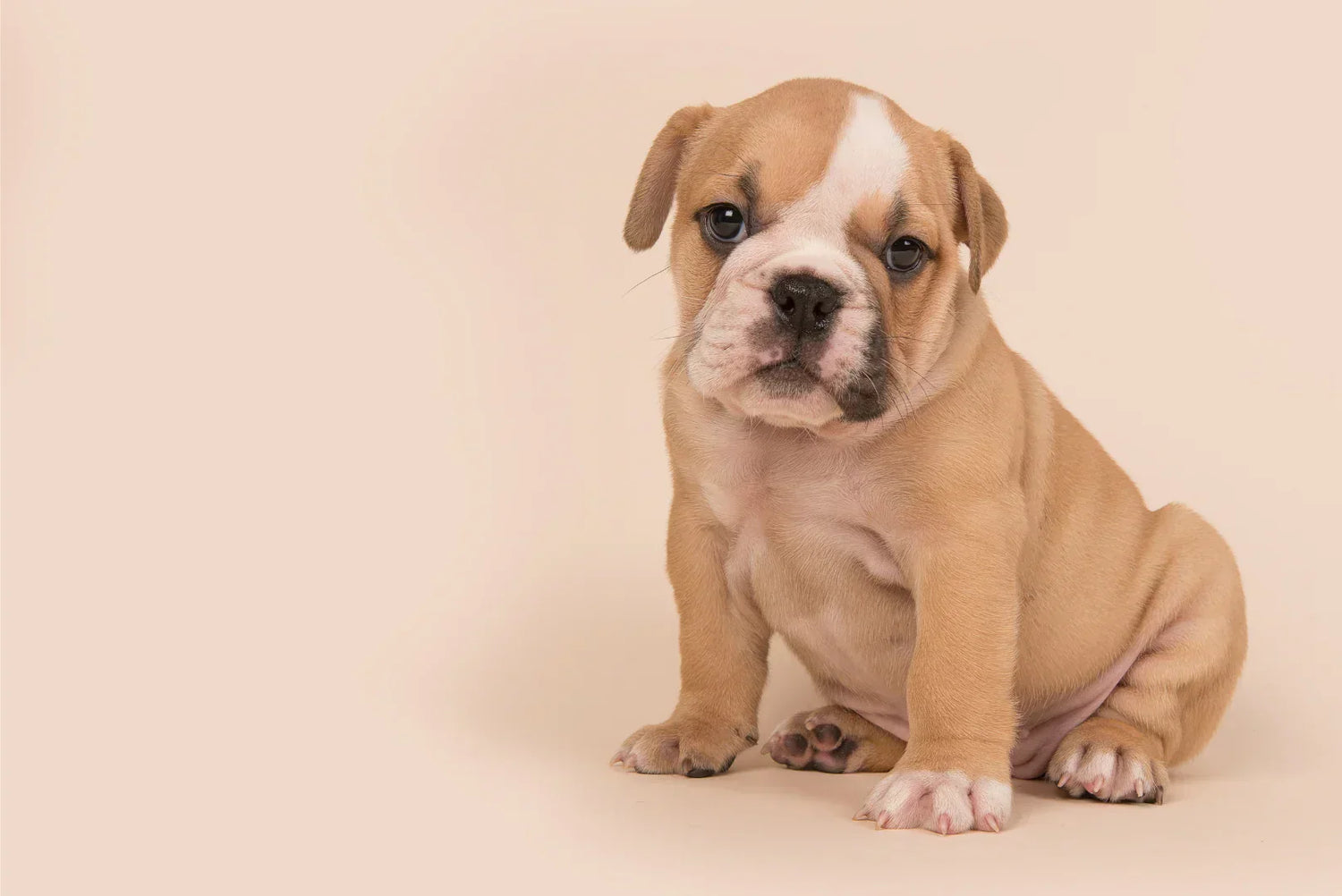
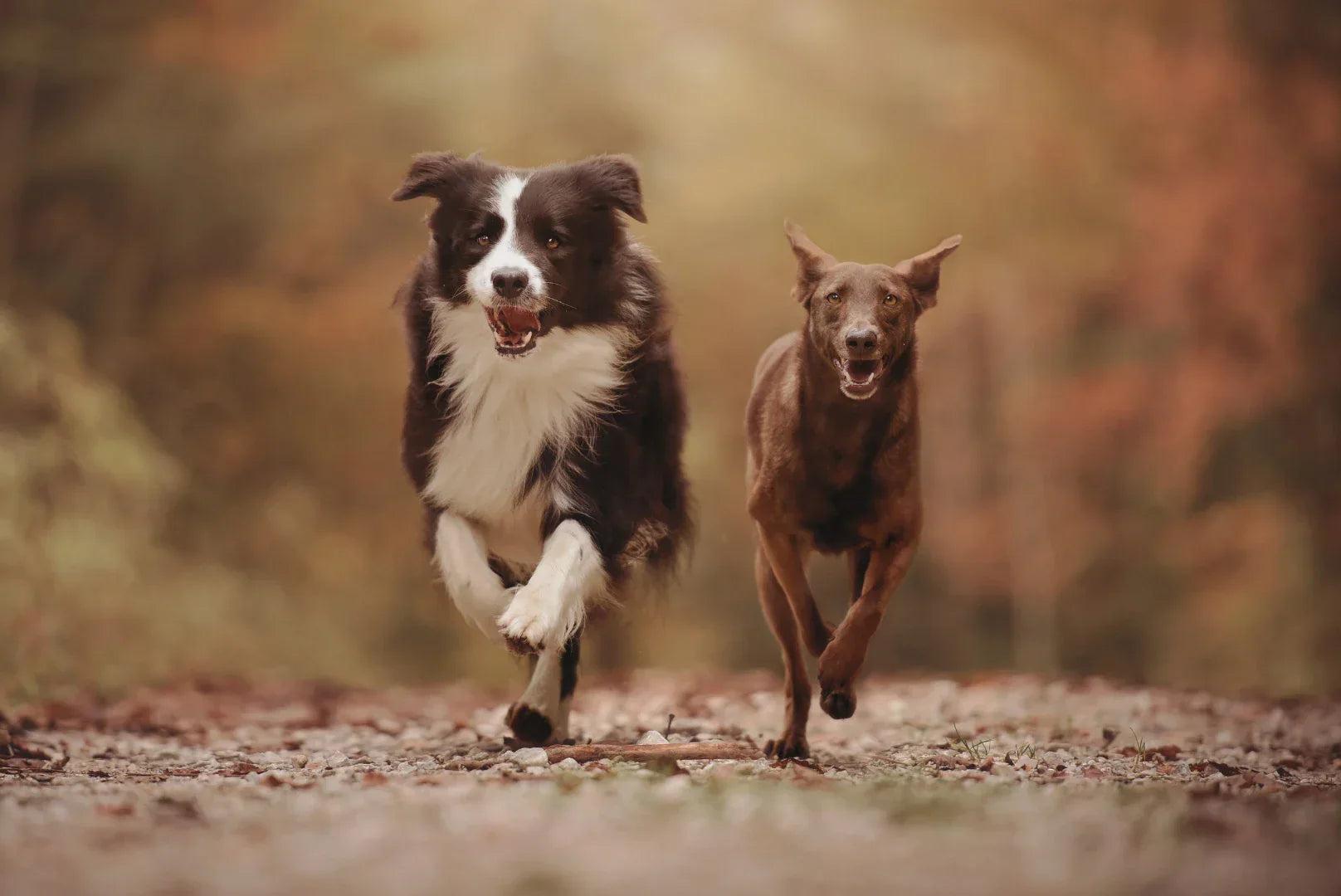
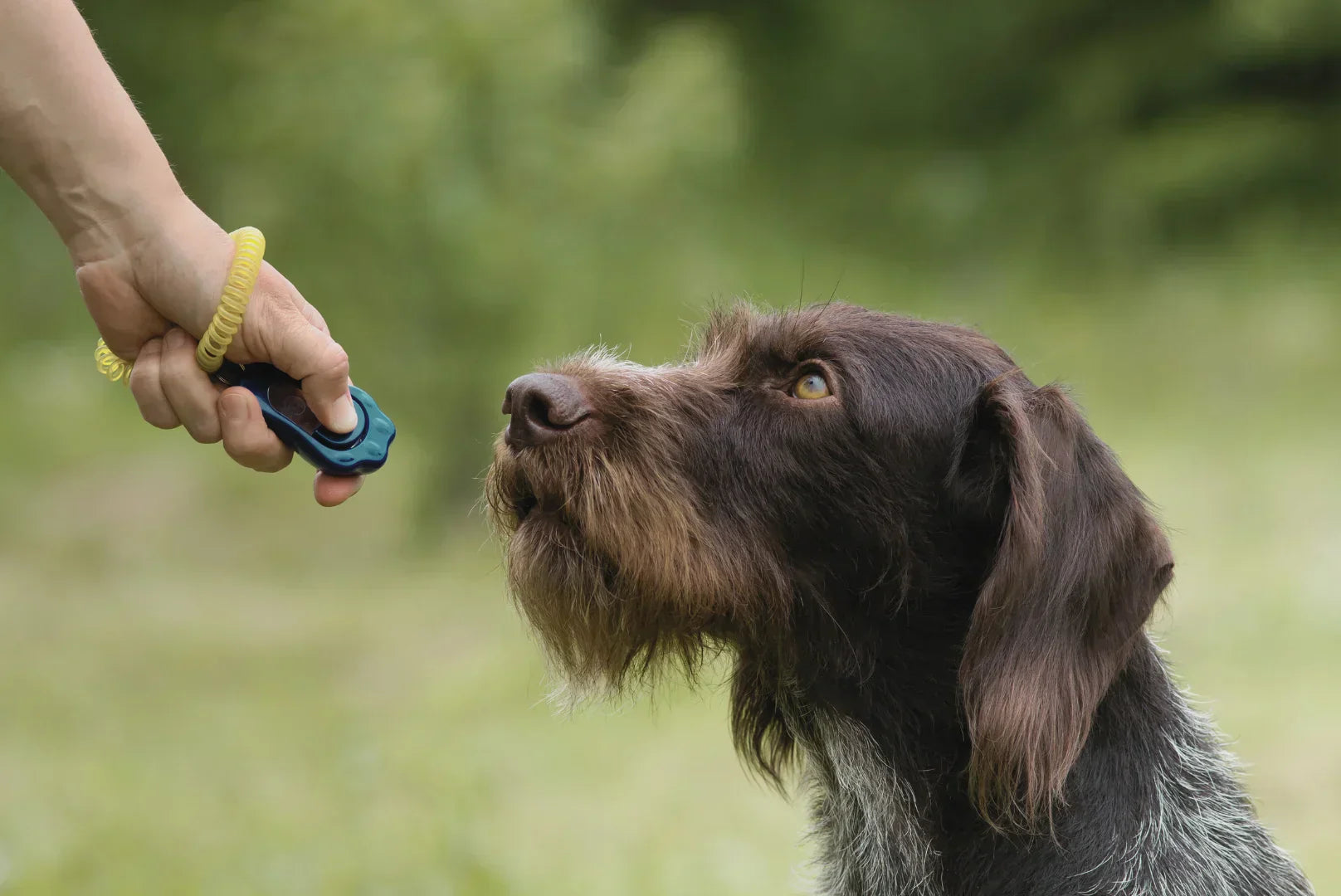


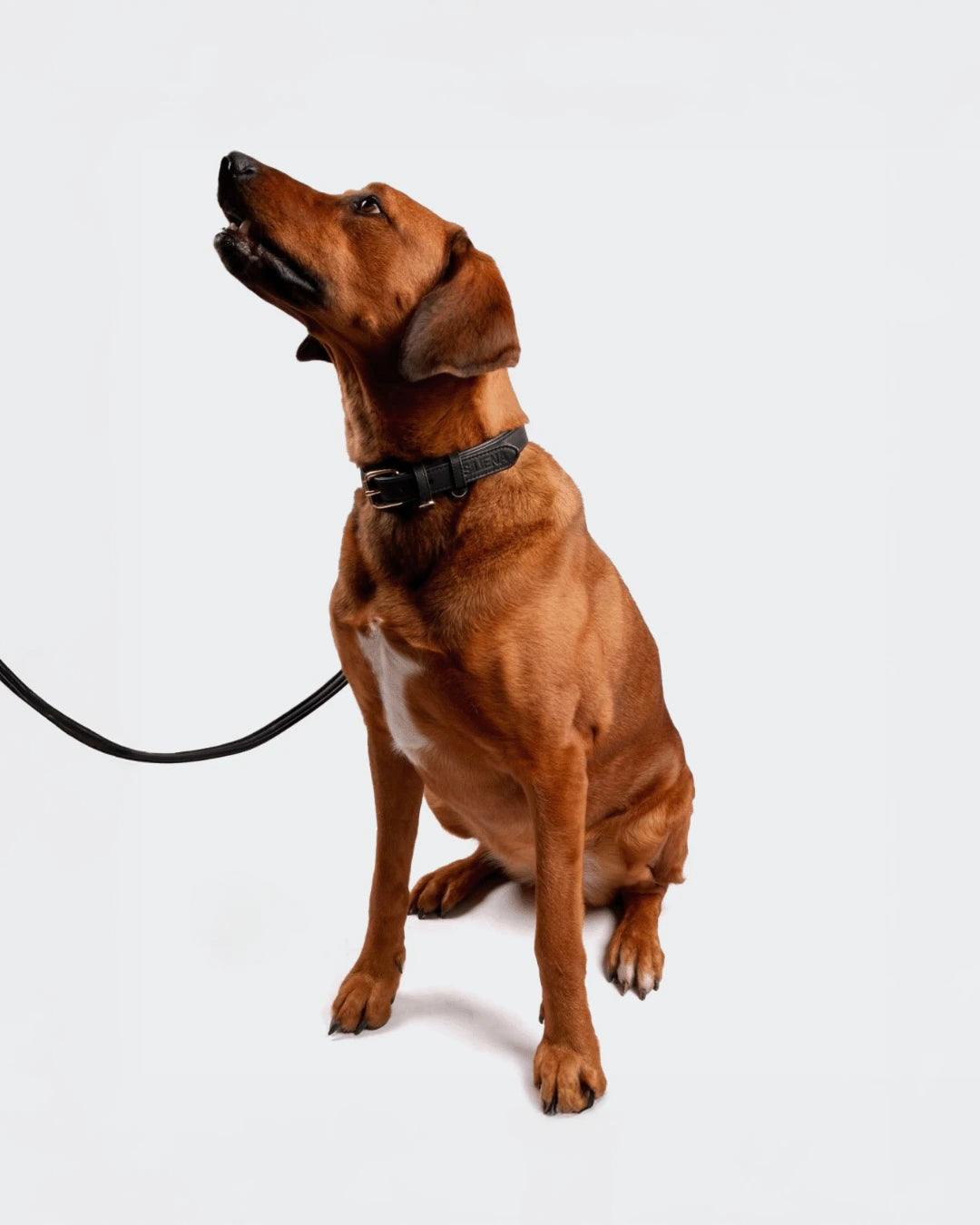
Leave a comment
This site is protected by hCaptcha and the hCaptcha Privacy Policy and Terms of Service apply.